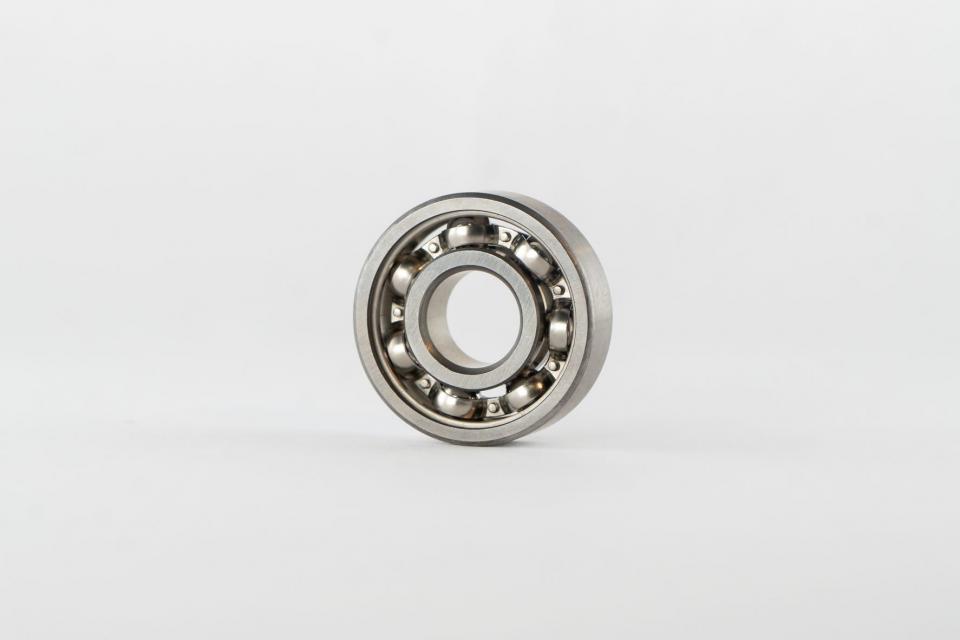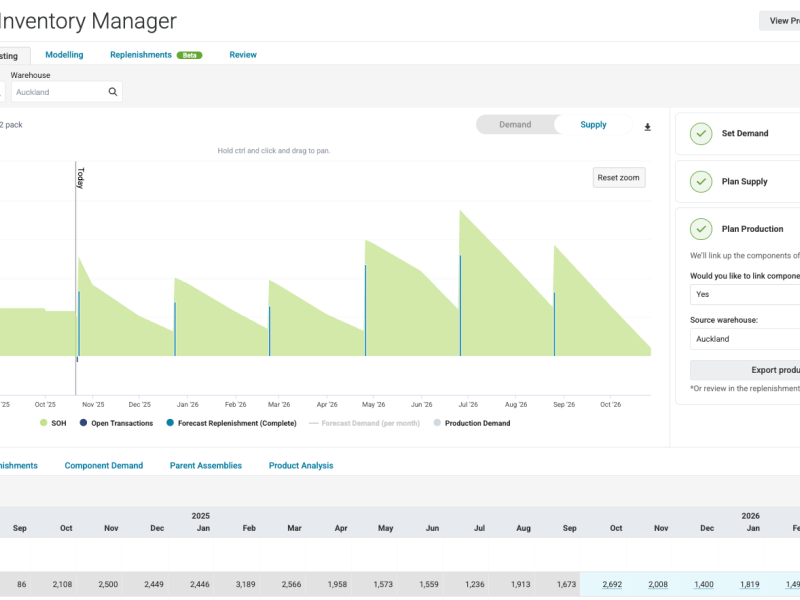Wander across Millennium Bridge and you’ll be met with views of the Tate Modern and St Paul’s Cathedral. Look down on the other hand, and you’ll see to the miniature world of Ben Wilson, an artist who has spent decades turning hundreds of chewing gum blobs into tiny works of art. These artworks often take hours or days to create — it’s safe to say miniature art is a precise craft. In this article, Chris Johnson managing director at miniature bearings specialist SMB Bearings explains the rigorous processes behind the creation of miniature bearings.
Sometimes referred to as instrument bearings or micro bearings, miniature bearings —components with a bore size usually less than 10mm — are used in a wide range of specialist applications. These applications include anemometers, miniature gearboxes and radio-controlled models. Despite the varied nature of these applications, they all have one thing in common — the bearing must be manufactured correctly and with ultimate precision to ensure a high-quality component. Here are the five essential steps in miniature bearing manufacturing.
Select material
The precision of a miniature ball bearing is determined by several factors, including the raceway roundness of the inner and outer rings, the sphericity and the quality of the balls and the quality of the raw materials used in each of the bearing's parts. The first step in the manufacturing process of any bearing is to select the material. This material must be expertly matched to the application to ensure suitability. The majority of bearings are manufactured from chrome steel, but other materials are sometimes considered to maximise performance and bearing lifespan.
Races
Using an automatic machine, the bearing inner and outer races will be cut from steel tubing to the recommended size, leaving some extra material to accommodate the warping that occurs during the heat treatment stage. At the hardening stage, the races go through a heating process to ensure the components are hard and tough. The races are then quenched in oil and are tempered. A grinding operation using specialised grinding machines coupled with an abrasive machining process, known as honing will ensure a precise geometry, radius and surface finish.
Balls
Bearing balls start their lives as a wire or rod slug. These slugs then undergo cold heading manufacturing — a multi-step process used to form metal parts at room temperature. The balls are then filed to remove flash and burrs before soft grinding is used to ensure uniformity. A hardening process is also an essential part of the ball manufacturing process and is followed by a lapping process to achieve the final surface finish requirements and tolerances.
Cage
Bearing retainers are manufactured through a number of different processes. Depending on the material and size, this includes stamping and forming, moulding, forging and machining. Standard steel bearing cages or retainers are stamped out of thin sheet metal using a die — a specialised machine tool to cut a material to a desired shape or profile. Plastic cages, on the other hand, are usually manufactured using injection moulding. This process produces parts by injecting molten material into a mould.
Assembly and quality control
Following this stage, all the components are measured, matched and assembled to make a finished bearing. Tests will have been performed throughout the manufacturing process, including at the heat treatment stage to ensure suitable hardness as well as tests to ensure the sizing and shapes are correct and a final noise test to ensure low noise operation.
One of the essential quality control steps involves stamping the bearing with the appropriate manufacturing information and bearing number. The stamp usually appears on the outer ring faces and is essential to track the authenticity of the product although many EZO bearings are too small to mark with a part number, so the outer packaging is marked. Reputable manufacturers such as EZO brand miniature bearings are known for consistent quality and reliability thanks to continuous improvement in manufacturing and quality control.
Miniature bearings may not be physically impactful on first glance, but delve into the precise manufacturing process and you’ll discover that these components are quite the engineering feat.
Looking to source miniature bearings? Explore SMB Bearings’ full product range by navigating to the website.






